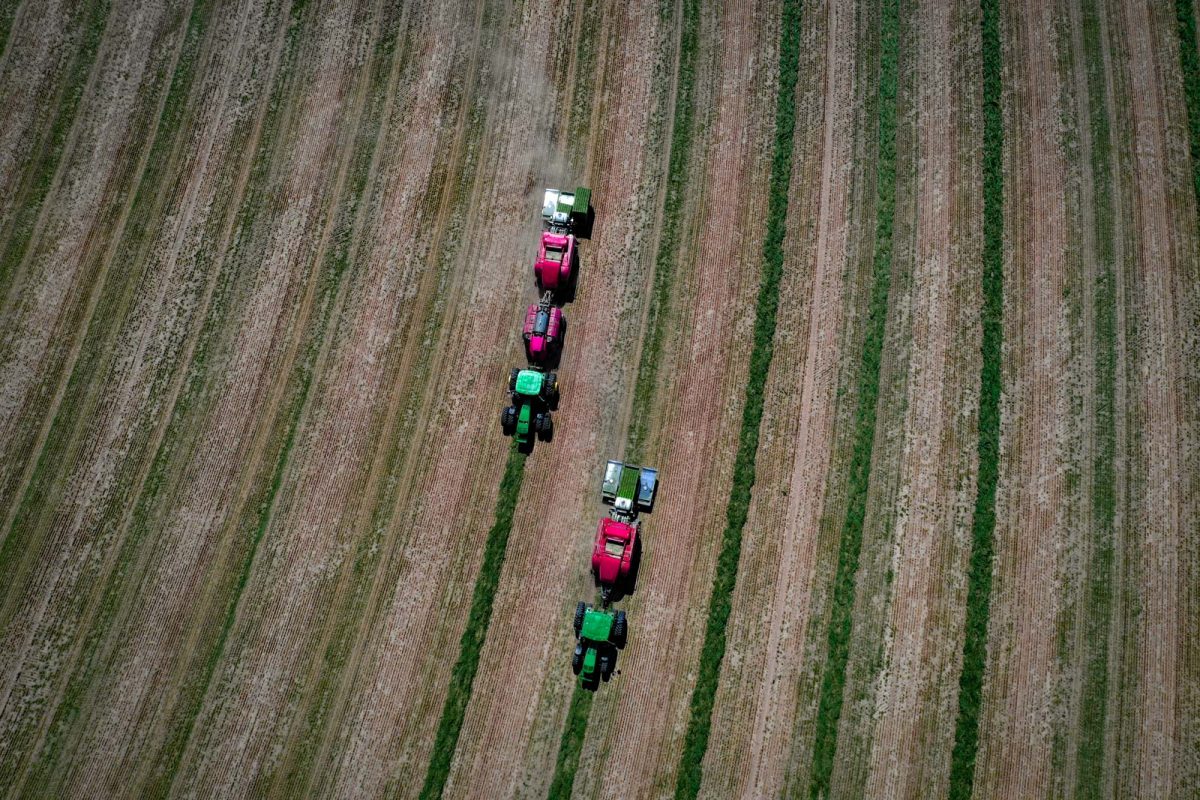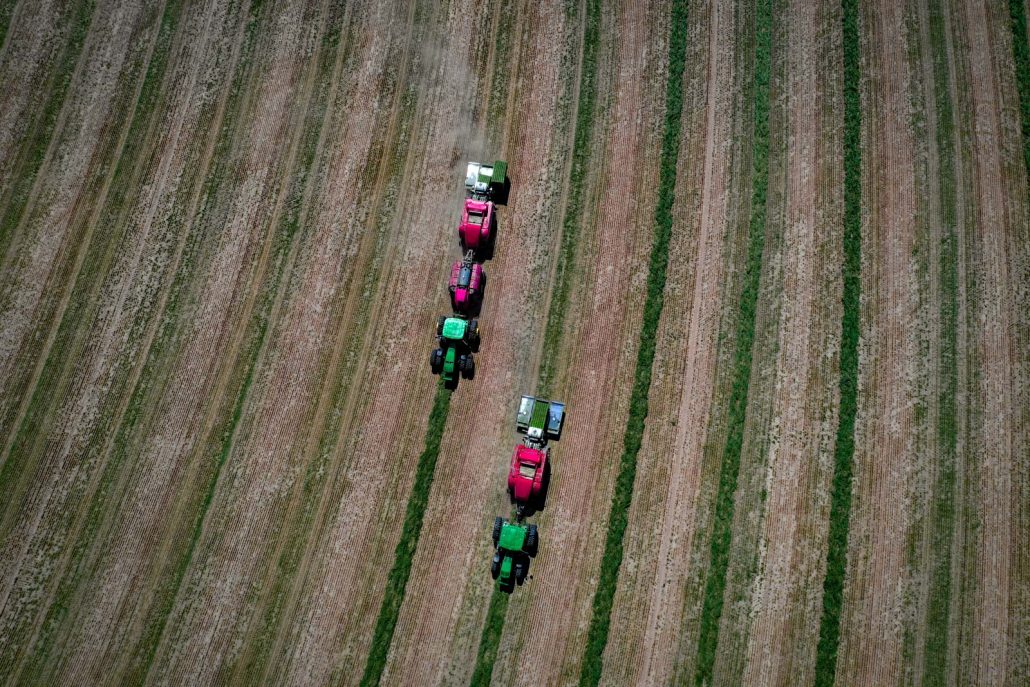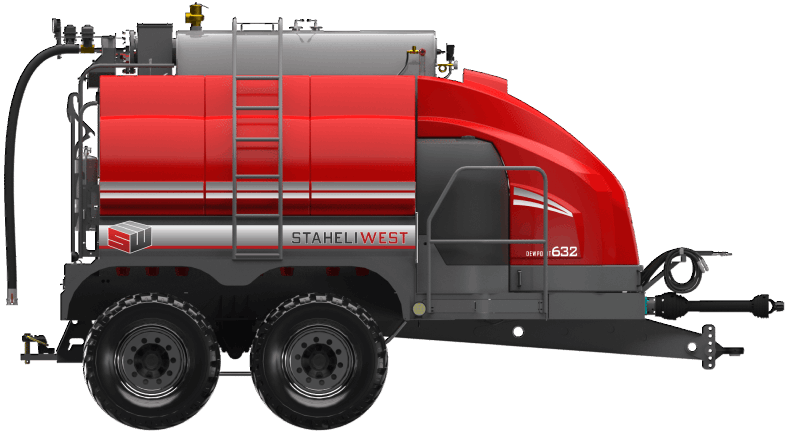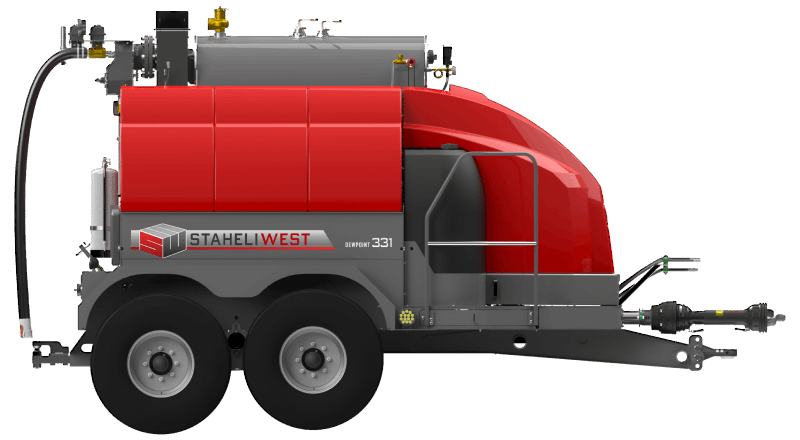
Want High-Quality Alfalfa Hay? It’s in the Leaves!
Written by: Logan Staheli
Improve Hay Quality by Increasing Leaf Retention
We all know how important leaf retention is when baling hay. Not only do animals love a nice, leafy flake of hay, but the amount of leaves in the final baled product also has a significant impact on the forage quality. David Weakley, director of forage research nutrition at Forage Genetics International states, “One of the major factors negatively impacting harvested alfalfa forage quality is leaf loss. In fact, a study from the University of Wisconsin showed that leaf percentage accounts for 71% of the variation in alfalfa quality.”
When you consider that leaves can have a relative forage quality (RFQ) as high as 450 to 500 while stems typically have an RFQ of 50 to 120 depending on the maturity stage, it’s no surprise how big of an impact leaves have on forage quality (FGI Research 2021). “Anytime I see a difference this big in nutrient profiles, it means there is an opportunity to develop prediction equations for the components,” Weakley said.
Testing the Relationship Between Leaf Percentage and RFQ
Mike Rankin of Hay & Forage Grower wrote the following about Weakley’s leaf experiment:

David Weakley
“To test his theory, Weakley and his team collected 160 alfalfa samples in 2019 from several locations. The samples encompassed 43 different varieties managed under different cutting schedules.
The samples were hand-separated into leaves and stems to determine the actual percentage of leaves for each sample. The samples were then analyzed for nutrient content, and it was found
that neutral detergent fiber (NDF), crude protein (CP), and NDF digestibility (NDFD) were the major factors that best predicted the actual leaf percentage of a sample.
In 2020, a new set of 40 alfalfa samples were collected and separated into leaves and stems to obtain the actual leaf percentage. These values were then checked against the prediction equation that was developed the previous year, and the results were encouraging.
Combining the two data sets, Weakley was able to develop a robust equation that would predict the leaf percentage of a ground alfalfa sample using its NDF, CP, and NDFD at 28 hours. He called the analysis LEAF (Leaves Enhance Alfalfa Forage).
By running a wide range of additional samples through his equation, Weakley was able to determine that an average field of standing alfalfa is comprised of about 50% leaves, with a typical range of about 40% to 60%.
He then wanted to determine what the relationship was between RFQ and leaf percentage and found that, within this specific data set, a sample with 40% leaves would have a predicted RFQ of 132. In contrast, a sample with 60% leaves would have a predicted RFQ of 224. For every 1 unit change in leaf percentage, there was a corresponding rise or drop in RFQ of 4.6 units.”

Forage Genetics International
“That’s pretty significant,” Weakley said. “You don’t have to lose very many leaves before you can turn really good standing alfalfa hay into dry cow hay.”
Losing Leaves is Losing Money
Mike Rankin goes on to explain:
“Economically, leaf loss is a killer for alfalfa producers. According to Dan Undersander, professor emeritus extension forage specialist with the University of Wisconsin, a 1%-unit loss of leaves drops the value of the hay or haylage by $7 per ton. The declining value encompasses both yield and quality loss, with the latter making up the highest percentage ($4.60 per ton).” More green in the bale means more green in your wallet.
The DewPoint Steamer Reduces Leaf Loss
As seen in the picture above taken by one of our customers, baling with steam dramatically reduces leaf loss, but don’t take our word for it. The University of Wisconsin performed a study on baling with steam during the day and baling with a good natural dew at night. The study found that baling with steam reduced leaf loss by 58% in large square bales and 40% in 3-tie bales. The study states, “Steam rehydrated bales indicated that leaf retention on the stems was superior to that of bales formed with [natural] dew rehydration.” A copy of the complete study can be found HERE.
Conclusion
Every percentage of leaf you can save during baling has a significant impact on forage quality, tonnage, and price. The DewPoint hay steamers are proven to dramatically reduce leaf loss and boost your bottom line. Reducing leaf loss by baling with steam will increase forage quality and increase tonnage.




